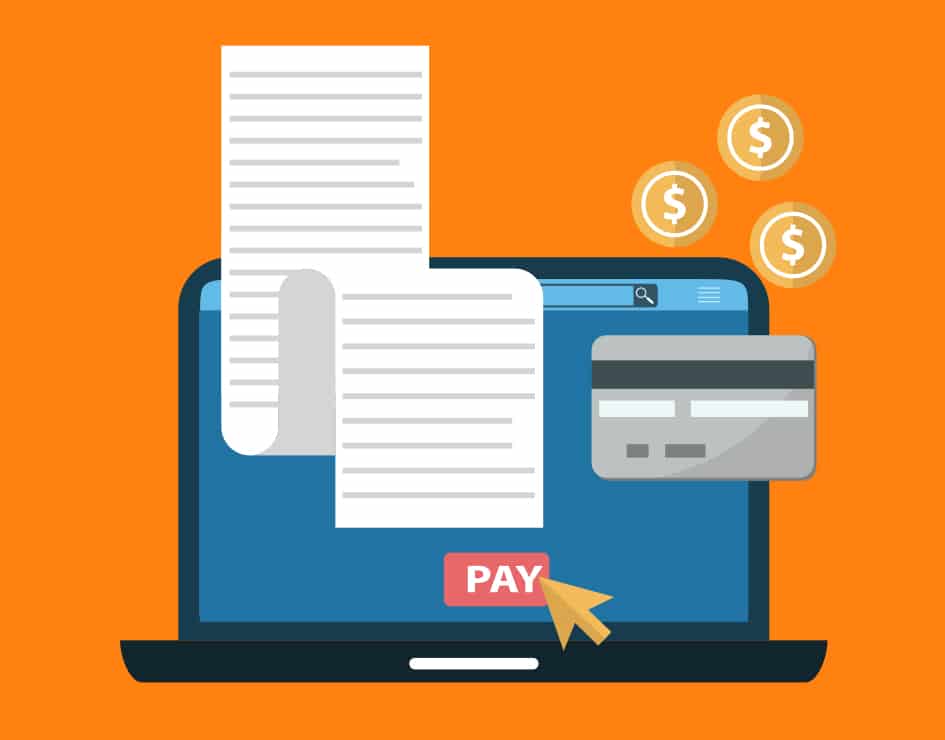Lawyers in small firms don’t have large-scale technology systems or billing departments to help get invoices out the door. When the time comes to give a client an invoice, it is pretty much up to the individual attorney to make it happen.
Done right, the invoice is a powerful tool for maximizing your success — not just in terms of securing payment, but for building client loyalty and even marketing your services. On the other hand, invoices that are poorly prepared and don’t meet client expectations can have a powerfully negative impact on the client relationship.
Sometimes it seems the client reads the invoice even more carefully than the painstakingly researched brief that you’ve just delivered. And today invoice preparation is more complicated than ever, due to the proliferation of e-billing software platforms that scrutinize for mistakes and possible violations of billing guidelines. To make matters even more complex, more clients are using third-party legal invoice auditing services, which means auditors are actively looking for issues in the invoices you send to those clients.
Handling Invoicing Issues Can Feel Like You’re Running Uphill
What should you do to take control of the situation? Here are five steps to greater invoicing effectiveness.
1. Take charge. Feeling “put out” or defensive when clients request invoice adjustments, whether driven by e-billing software or auditors, will not advance your cause. It is simply the world in which we practice today, and it is likely to get worse before it gets better. Know that you can be as proficient at managing the process as you are at practicing law, provided you approach the issue systematically and with the right resources. Think of the billing guidelines as a “quality standard” the client has put out there, and treat every adjustment as the delta between the client’s expectations and your invoicing skills.
2. Know that each client has a pattern of behavior. It is important to know how each of your clients responds to your invoices. You know better than anyone that you could send an identical invoice to three different clients and they might respond differently to each line item. In the big picture, each client has its own behavior pattern when it comes to invoice review. They tend to look for, and react to, similar issues as a function of their guidelines, the rules they’ve built into their e-billing software and the particular interests of the people reviewing your invoices.
3. Embrace the data. The key to understanding each clients’ behavior patterns is data. Each invoice adjustment is taken for a different reason, but those reasons can (and should) be categorized. Adjustments might fall into big categories or smaller ones. For example, was the adjustment due to a simple math error, an unauthorized timekeeper, the wrong type of timekeeper performing the work, an inadequate activity description, an unauthorized activity, excessive activity time, a blatant violation of a billing guideline or something else?
4. Measure invoicing effectiveness for each client. Too many lawyers don’t know what their invoicing effectiveness rate is for their own clients. It is imperative that an attorney knows this for several reasons. If a client adjusts an attorney’s invoices on average by 5 percent, that 95 percent effectiveness rate is worse than an attorney with a 98 percent effectiveness rate. Why is this so important? Many attorneys would look at those two effectiveness rates and say, “Obviously one attorney is being paid 3 percent more.” While that is true, another very important reason to improve the effectiveness rate is that far too many clients equate invoicing accuracy with legal expertise. A lawyer whose invoices are consistently adjusted is often perceived to be not as good as a lawyer with almost no adjustments. It’s not fair, but it’s real.
5. Set goals. All lawyers should have goals around their invoicing effectiveness for each client, on both a pre- and post-appeal basis. That is, know what was submitted versus what was paid and then what was paid again on appeal. Having goals in place provides a systematized way of improving invoicing success. Lawyers who say, “My clients routinely take off 10 percent of my invoice, but I don’t have time to appeal the cuts and just treat it as a cost of doing business” are in a bad place in a highly competitive legal landscape. They should think instead about achieving an overall adjustment of 2 percent and work diligently toward that.
When it comes to reporting, some data might be drawn from your billing platform. Regretfully, though, many time and billing systems lack easy ways to define the proper categories for adjustments (step 3) or an easy way to quantify pre- and post-appeal effectiveness rates (step 4). Some emerging software platforms can do this easily and quickly, but even if you have to spend the time to capture the information manually in a spreadsheet, you will be making a wise investment.
Remember, Clients Value Accuracy
These five steps offer an organized pathway to achieving improved invoicing. If you do this well, you should absolutely tout your invoicing accuracy to clients and colleagues. Clients value this accuracy more than most attorneys realize — and frankly, no one on either side of the fence enjoys the back-and-forth related to appeals and arguments about invoice adjustments.
Lawyers who invoice more accurately are often perceived, rightly or wrongly, to be better legal practitioners. Take advantage of that perception!
Wayne Nykyforchyn is the founder, CEO and President of InvoicePrep, an innovative tool for assisting law firms with the increasing e-billing demands of their clients. Wayne understands the complexities of the e-billing industry from both sides. On the payer side, he created and successfully grew an industry leader, Allegient Systems.
Illustration ©iStockPhoto.com





















